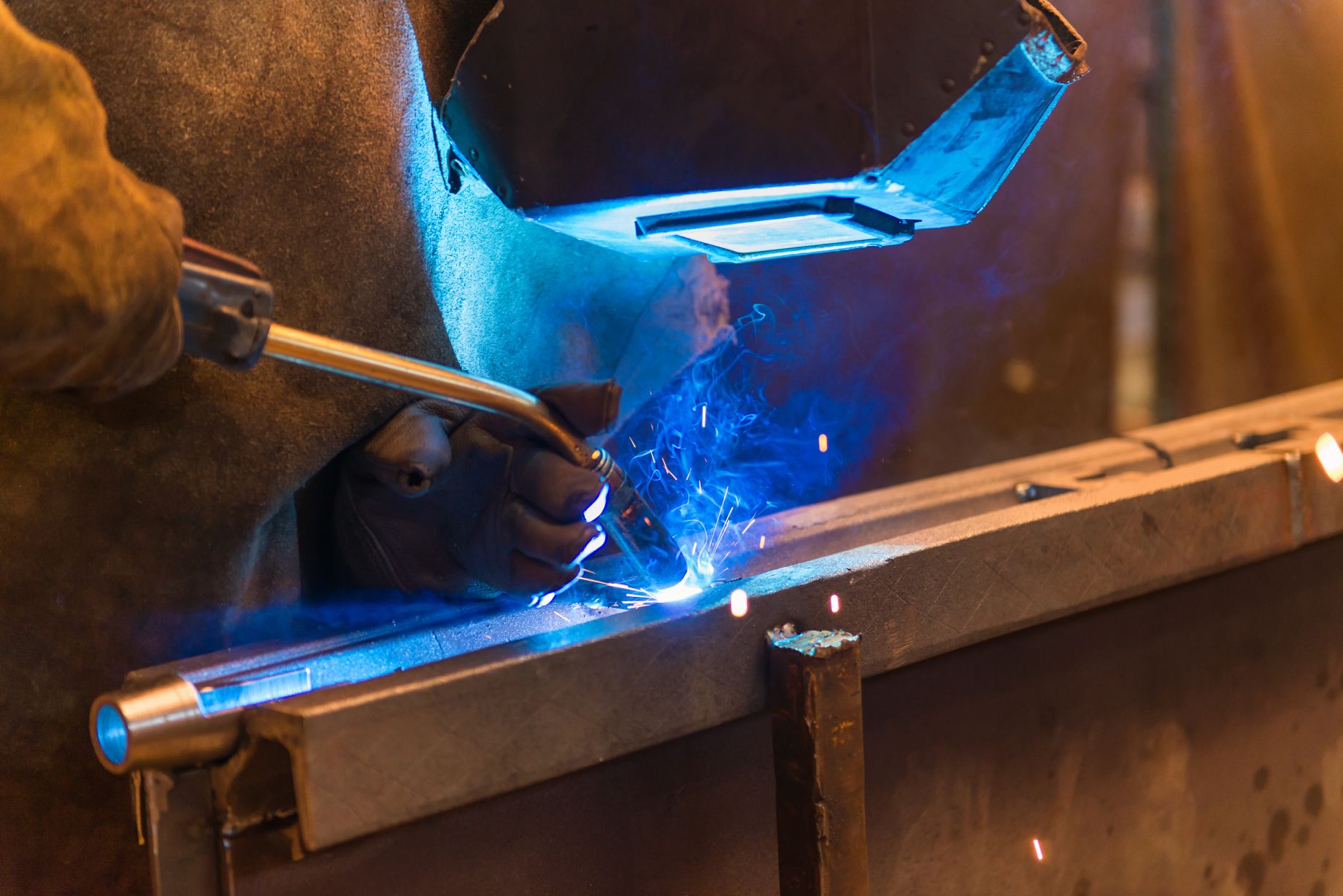The Ultimate Overview to Welding WPS Procedures: A Comprehensive Introduction for Welders
In the detailed globe of welding, Welding Treatment Specs (WPS) serve as the foundation of guaranteeing quality, uniformity, and safety and security in welding operations (welding WPS). As we delve right into the various elements of a WPS and explore the complexities of qualification and certification, we will uncover the vital duty these treatments play in the world of welding.
Relevance of WPS Procedures
Recognizing the importance of Welding Procedure Specifications (WPS) procedures is important for guaranteeing the high quality and honesty of welded frameworks. WPS treatments work as a roadmap for welders, detailing the required actions, criteria, and materials called for to achieve a sound weld. By adhering to WPS standards, welders can ensure uniformity in their job, causing dependable and structurally audio welds.
One of the main reasons why WPS procedures are crucial is their duty in keeping weld top quality and honesty. Complying with the specified welding parameters and strategies outlined in the WPS assists avoid defects such as porosity, fracturing, or insufficient combination, which can compromise the toughness and toughness of the weld.

Parts of a WPS
A Welding Treatment Requirements (WPS) usually makes up necessary parts that information the certain requirements for carrying out a weld, ensuring uniformity and quality in the welding process. The vital elements of a WPS consist of crucial variables such as base steels, filler metals, preheat and interpass temperature levels, welding processes, protecting gases, welding positions, and post-weld warm therapy needs.
Base steels refer to the materials being joined, while filler metals are made use of to fill the gap between the base steels throughout welding. Preheat and interpass temperatures are critical for regulating the heat input and preventing problems like breaking or distortion. The welding procedure describes the details method to be used, whether it's gas steel arc welding (GMAW), protected metal arc welding (SMAW), or another method. Protecting gases shield the weld pool from atmospheric contamination. Welding placements define the alignments in which welding can be carried out. Post-weld heat treatment might be necessary to ease stress and anxieties and enhance the weld's residential properties. An extensive understanding of these parts is important for developing a efficient and extensive WPS.

Credentials and Accreditation
Having actually established the vital elements of a Welding Treatment Specification (WPS), the emphasis now changes in the direction of the crucial elements of qualification and qualification in welding practices.

Qualification, on the various other hand, is the official recognition of a welder's certifications by a pertinent accreditation body or organization. Welding accreditations are usually based on the particular welding procedures, products, and positions a welder is certified to function with. Holding a legitimate welding accreditation demonstrates that a welder meets sector requirements and is qualified to execute welding tasks to the called for requirements.
Producing a WPS
To establish a Welding Treatment Requirements (WPS) that satisfies industry criteria, careful factor to consider of welding processes, materials, and functional parameters is important. The first action in producing a WPS is to recognize the welding process to be used, such as gas steel arc welding (GMAW) or secured metal arc welding (SMAW)

Applying and Keeping Track Of WPS
Upon completing the detailed Welding Procedure Requirements (WPS) that thoroughly information welding procedures, materials, operational criteria, and quality guarantee procedures, the focus moves to successfully executing and checking the established procedures. Application entails making sure that all welders involved in the task are acquainted with the WPS and follow it thoroughly during the welding procedure. Reliable implementation and monitoring of the WPS are important for ensuring the integrity, stamina, and security of the bonded joints, inevitably contributing to the general success of the welding project.
Verdict
Finally, understanding and following Welding Treatment Specs (WPS) is critical for welders to make certain high quality, uniformity, and security in their work. By recognizing the parts of a WPS, getting correct certifications and qualifications, developing detailed treatments, and carrying out and monitoring them properly, welders click here to read can boost their abilities and effectiveness in welding practices. Following WPS procedures is important for producing top quality welds and meeting market standards.
In the intricate globe of welding, Welding Procedure Specifications (WPS) serve as the backbone of making sure quality, consistency, and safety in welding operations. The welding process lays out the details technique to be used, whether it's gas metal arc helpful hints welding (GMAW), secured metal arc welding (SMAW), or an additional approach.To establish a Welding Treatment Requirements (WPS) that fulfills industry requirements, careful factor to consider of welding processes, products, and functional parameters is necessary. The initial action in creating a WPS is to identify the welding procedure to be utilized, such as gas metal arc welding (GMAW) or shielded steel arc welding (SMAW)Upon wrapping up the extensive Welding Procedure Requirements (WPS) that thoroughly information welding processes, products, operational parameters, and quality assurance actions, the emphasis moves to successfully applying and keeping track of the established procedures.